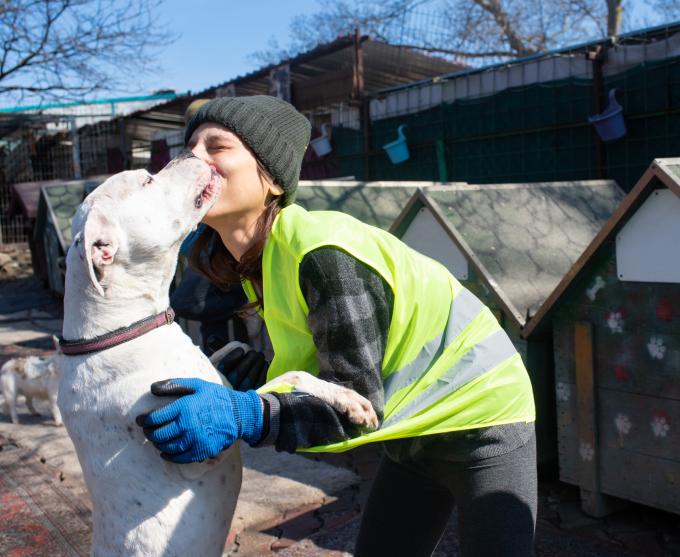Rochester Animal Services
Lost Pet Prevention
Losing a pet can be a heartbreaking experience. To help you avoid this distressing situation, Rochester Animal Services offers the following tips and strategies to keep your beloved pets safe and secure.
1. Identification tags and microchipping
- ID tags: Ensure your pet wears a collar with an up-to-date identification tag at all times. The tag should include your pet’s name, your phone number, and any pertinent medical information.
- Petco Love Lost: Petco Love Lost is a searchable national database that uses facial recognition technology to make finding lost pets quicker and easier. Uploaded photos of a missing dog or cat are immediately scanned to determine whether the lost pet is at a participating shelter or with a neighbor in the community. Petco Love Lost allows pet owners to register their pets proactively before pets go missing.
- Microchipping: Microchip your pet and keep the registration details current. This permanent form of identification greatly increases the chances of being reunited with your pet if they become lost.
Lean more: Rochester Animal Services microchip scanning
2. Secure your home and yard
- Fencing: Check that your fences and gates are secure and free of gaps or holes. Repair any weak spots immediately.
- Supervision: Supervise your pets when they are outside, even in a fenced yard. Pets can dig under or climb over fences, or escape through an open gate.
- Indoor safety: Ensure windows and doors are securely closed or have screens to prevent your pet from slipping out.
3. Leash and harness use
- Leash walking: Always use a sturdy leash and collar or harness when walking your pet. Ensure the collar or harness fits snugly and is in good condition.
- Off-leash areas: Only allow your pet off-leash in designated areas where it is safe and legal to do so.
4. Training and obedience
- Recall training: Teach your pet reliable recall commands, so they come back to you when called.
- Behavioral training: Address any behavioral issues, such as bolting or escaping, through training and, if necessary, seek professional help from a certified trainer.
5. Spay or neuter your pet
- Reduced roaming: Spaying or neutering your pet can reduce the urge to roam and seek out mates, which is a common cause of pets wandering off.
6. Regular vet check-ups
- Health monitoring: Regular veterinary check-ups can help identify any health issues that might lead to your pet becoming disoriented or wandering off.
7. Stay informed
- Community alerts: Join local community groups or online forums where lost and found pets are reported. This can help you stay informed about pets that have gone missing in your area and increases the chances of being alerted if your pet is found.
- Local laws: Familiarize yourself with local laws regarding pet ownership, including leash laws and licensing requirements.
Lean more: Why you should license your dog
8. Plan for emergencies
- Emergency kit: Prepare an emergency kit with essential supplies, including food, water, and medications, in case you need to leave home quickly with your pet.
- Contact information: Keep a list of emergency contacts, including your veterinarian and local animal services, readily available.
By following these guidelines, you can significantly reduce the risk of losing your pet and ensure their safety and well-being. For more information, please contact Rochester Animal Services.
How You Can Help
Support Our Friends
Verona Street Animal Society
The Verona Street Animal Society is a not-for-profit 501(c)(3) organization established to help support the mission and programs of Rochester Animal Services.
Annual Fundraiser
Learn more about the event and stay tuned for notifications about The Fast & The Furriest®.












